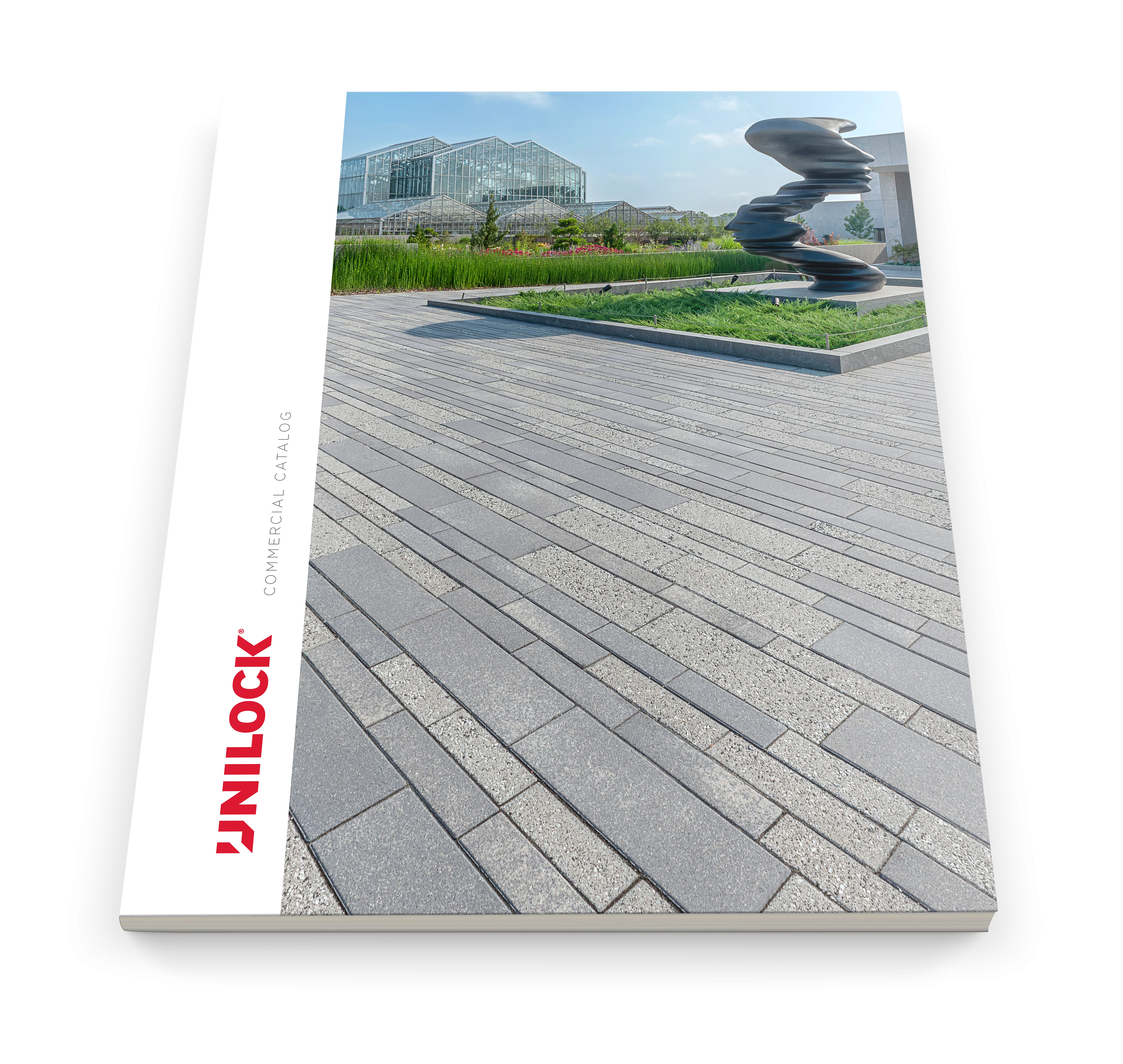Designing Your Projects to Help Reduce Embodied Carbon
Architects and engineers are designing all aspects of their projects with a laser focus on climate positive design in an effort to reduce embodied carbon.
Embodied carbon is the total greenhouse gas emission generated from products during their life cycle, and these products are used to create a built asset. This includes emissions from the extraction for the ingredients, transportation, manufacturing and assembly of every product and element in the asset. Typically, the end consumer is not aware of how much embodied carbon is in various products. Studies show embodied carbon can comprise anywhere between 20 to 50% of our total carbon footprint, with the balance made up of operational carbon, energy, heating, etc., or everything that is needed during usage.
Why Now, and Why Concrete?
Buildings alone contribute about 40% of emissions worldwide. With the world’s building stock expected to double by 2060 – the equivalent to adding an entire New York City to the planet every month for the next 40 years — it is critical that the construction community understands its role in reducing the sector’s carbon footprint and how to use the tools available to assist them.
The expected boom in construction is good news for concrete producers. However, cement—the key ingredient that gives concrete its strength—is also one of the largest emitters of CO2 in the built environment.
Cement production creates 7% of the world’s annual CO2 emissions, making it the third-largest energy consumer in the world. Global cement production is anticipated to expand between 12 and 23% by 2050 as urbanization and population growth continue.
The world’s carbon emissions must be halved by 2030 in order to address the current climate goals under the Paris Agreement.
Tackling Embodied Carbon in the Hardscape Sector
The amount of embodied carbon released during the production of pavers can be reduced in a number of ways. This includes:
- Specifying low carbon concrete mixes. The weight and prevalence of concrete typically make it the biggest source of embodied carbon in any project. Structural engineers can specify lower carbon concrete mixes by designing with a reduced amount of Portland cement, or consider reducing the amount of cement in the mix design by adding supplementary cementitious materials (SCM) such as fly ash, slag, or calcined clay.
- Recycle and reuse materials. Since the carbon required in their production has already been consumed, recycled materials such as brick, metal or broken concrete often have a substantially lower embodied carbon footprint than new materials.
- Reduce the use of finishing materials. Reusing structural materials as finishes not only saves money and lowers embodied carbon, but they also look great. For example, polished concrete slabs save on the embodied carbon from carpet or vinyl flooring.
At Unilock, at the same time that we introduced permeable pavers to North America, we started to reduce the amount of cement in our mix designs. Today, our products contain up to 40% cement replacement and some custom mix designs can further increase recycled material content.
While all eyes are on cement, and therefore concrete, there are a number of considerations designers can evaluate to push toward zero-carbon projects.
- Permeable pavers used on site will typically eliminate run-off from the site. Notable benefits include improved water quality as the infiltration process of a permeable paving system will remove harmful pollutants. Water that immediately drains from the surface will not be heated from an impervious surface before it reaches a runoff area where it potentially would increase local waterways.
- High solar reflectance in the products and colors chosen for the project will help to decrease the heat island effect which contributes to air pollution and energy consumption.
- The use of pavers instead of poured-in-place concrete can vastly reduce the amount of concrete used on site, by as much as 60%.
- Use your project site to sequester or capture carbon by increasing biomass, biodiversity of plant life, protecting and amending soil conditions, using organic materials from the site
- Source locally manufactured products
Architects and designers can have a significant impact throughout the construction phase of a residential or business hardscape project by addressing the issues of embodied carbon before construction begins. If you wish to learn more about the type of material used to design our products, speak to a Unilock representative.
Sources:
10 steps to reducing embodied carbon: 10 steps to reducing embodied carbon – AIA
Cement technology roadmap plots path to cutting CO2 emissions 24% by 2050 – Cement technology roadmap plots path to cutting CO2 emissions 24% by 2050 – News – IEA
Data to the rescue: Embodied carbon in buildings and the urgency of now: Data to the rescue: Embodied carbon in buildings and the urgency of now | McKinsey
Actions for Zero Carbon Buildings: New Building Actions – Architecture 2030
Landscape Design for Carbon sequestration https://issuu.com/dmlynn/docs/lynn_mla_project


